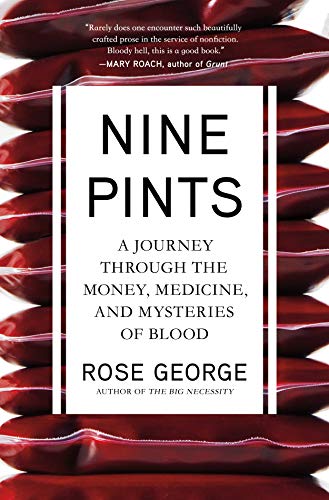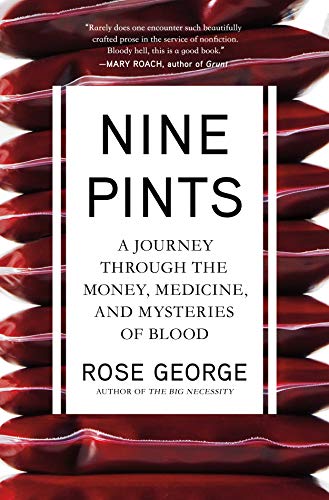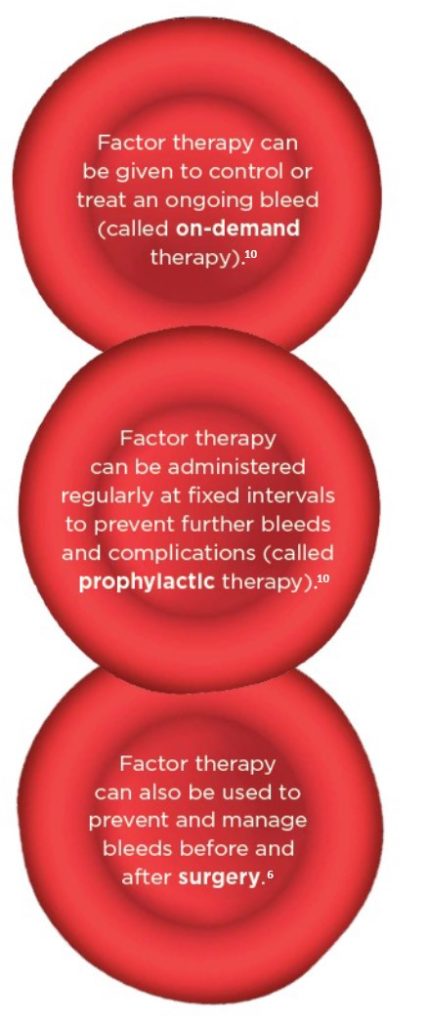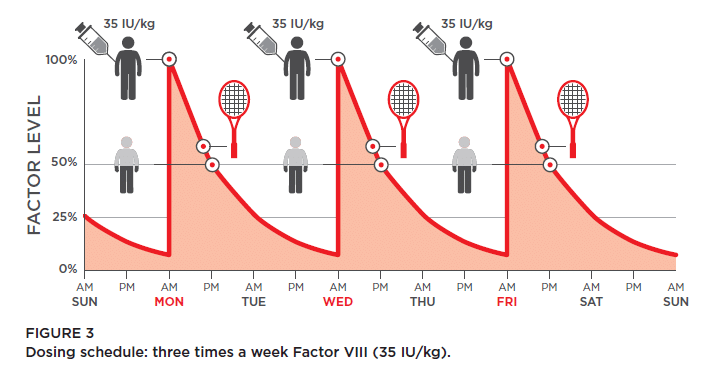Discover Takeda’s dedication to the bleeding disorders community
There have been so many changes in our industry lately! It’s good to review names and companies in the community. Read more to learn about one company that just joined our community.

Whether you’re someone living with a bleeding disorder or a devoted caregiver, here’s some news to note: Baxalta and Shire are now part of Takeda. And while the name has changed, the factor treatments, educational programs, and robust community support you count on haven’t gone anywhere. In fact, Takeda will build on these programs to support you more than ever.
What does this mean for you? Rest assured, it’s good news
Takeda is dedicated to maintaining their commitment to providing exceptional patient support and partnering with patient advocacy organizations on the causes that are important to you. This move builds upon a legacy of leadership in hematology and a passion for helping patients embrace life’s possibilities.

Growing network of support
Takeda is committed to supporting the entire bleeding disorders community, as well as patients’ unique needs beyond medication.1,2 This includes education, support information, and plenty of inspiration from the walks, talks, and other programs you know and enjoy. To educate the community, Takeda has programs specifically designed for patients and their family members, like HELLO TALK® sessions. Takeda also works with local healthcare organizations to deliver disease state education to healthcare professionals who are new to the bleeding disorders specialty or don’t encounter these disorders in their everyday practice. You can also find helpful financial assistance information and dedicated support at the Hematology Support Center.
On bleedingdisorders.com you’ll still find helpful information, insightful tips, and details on educational and support resources like FACTOR FRIEND™ and HELLO TOOLS® kits. You can also check out community news, events, and more to help stay connected with the community from coast to coast.
Takeda continues to support the community through these powerful resources and is dedicated to inspiring and empowering patients, caregivers, and the healthcare professionals who care for you. All to help you discover your own possibilities—and make today brilliant.
Stay connected with the community
Find educational programs and events near you and see what’s going on across the country. And this fall, you’ll be able to discover even more on the new and improved bleedingdisorders.com.
You can also join the community via these social channels:
- Facebook: facebook.com/BleedingDisordersCommunity/
- Instagram: instagram.com/bleedingdisorderscommunity/
- YouTube: Bleeding Disorders Community group on YouTube
Takeda, with its focus on factor treatments and passionate support of the bleeding disorders community, is here to support you throughout your journey of living life with a bleeding disorder.
Meet Takeda at an event near you, or in Anaheim this fall!
With walks, talks, and other community events happening coast to coast all summer long, you’ll probably have a chance to get to know more about Takeda. Find an event near you. And, of course, there’s a great opportunity to learn more about Takeda later this year. Be sure to check out the Takeda booth and activities at the National Hemophilia Foundation’s (NHF) 71st Bleeding Disorders Conference. This year’s conference is happening October 3-5, 2019, in beautiful Anaheim, California. Takeda looks forward to spending the weekend with the bleeding disorders community, attending educational sessions, special events, and opportunities to meet and be inspired by all of you!
References: 1. Shire’s 70+ year commitment to the hemophilia community [news release]. Lexington, MA: Shire Plc; January 15, 2018. https://www.shire.com/newsroom/ 2018/january/7sossj. Accessed May 30, 2019. 2. Takeda. Patient services: hematology support center. https://www.shire.com/patients/-patient-services/-hematology-support. Accessed May 30, 2019.
Copyright ©2019 Takeda Pharmaceutical Company Limited, Lexington, MA 02421. 1-800-828-2088. All rights reserved. TAKEDA and the TAKEDA logo are trademarks or registered trademarks of Takeda. HELLO TALK, HELLO TOOLS, and FACTOR FRIEND are trademarks or registered trademarks of Baxalta Incorporated, a Takeda company.
S48915 07/19
This is a paid public announcement from Takeda and does not constitute an endorsement of products or services. When you click on the links in this blog entry, you will be directed to the Takeda website. LA Kelley Communications always advises you to be a savvy consumer when contacting any company; do not reveal identifying information against your will.







